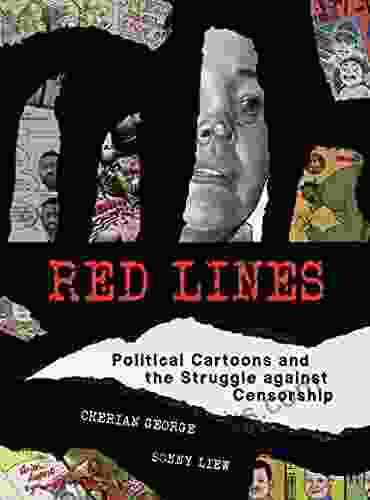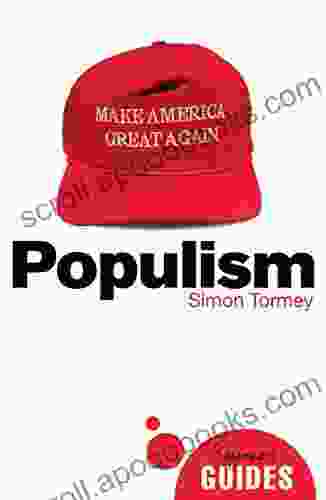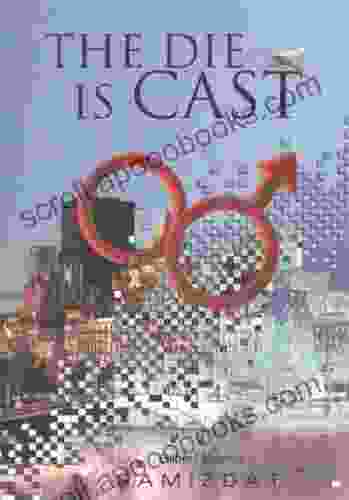Political Cartoons and the Struggle Against Censorship: Unmasking the Power of Visual Dissent

Unleashing the Pen: A Historical Overview
Political cartoons have wielded their sharp wit and biting imagery to challenge authority and provoke thought for centuries. Their roots can be traced back to ancient Greece, where the philosopher Diogenes used caricatures to criticize the powerful. In the Middle Ages, satirist William Langland's "Piers Plowman" employed allegorical characters to expose societal ills.
4.8 out of 5
| Language | : | English |
| File size | : | 278510 KB |
| Print length | : | 398 pages |
| Screen Reader | : | Supported |
The rise of print media in the 18th and 19th centuries gave rise to a golden age of political cartooning. In Britain, James Gillray and Thomas Rowlandson skewered politicians and social customs with their acerbic caricatures. In the United States, Thomas Nast's political cartoons played a significant role in exposing political corruption and shaping public opinion.
Wielding the Weapon: Techniques of Dissent
Political cartoonists employ a diverse arsenal of techniques to convey their messages:
* Satire: Witty and often exaggerated caricatures poke fun at politicians and social norms. * Symbolism: Visual metaphors and symbols convey complex ideas in a concise and impactful manner. * Humor: Laughter becomes a powerful weapon, disarming resistance and highlighting the absurdity of power. * Foreshortening: Techniques like exaggeration and distortion emphasize certain features, creating a visual focus. * Composition: Cartoonists carefully arrange elements within the frame to guide the viewer's eye and reinforce the message.
Silencing the Critics: The Battle Against Censorship
Throughout history, political cartoons have faced fierce resistance from those in power. Censorship, suppression, and even imprisonment have been used to silence critical voices. In Russia under the Tsarist regime, political cartoonists were often exiled to Siberia. In Nazi Germany, they were labeled "enemies of the state" and faced severe persecution.
In modern times, censorship takes more subtle forms. Media conglomerates and political pressure groups can exert influence on media outlets to suppress dissenting views. Self-censorship also occurs when artists fear repercussions for expressing unpopular opinions.
The Unwavering Voice: Impact and Legacy
Despite the challenges, political cartoons continue to play a vital role in society:
* Raising Awareness: They bring attention to important issues and perspectives that might otherwise be overlooked. * Shaping Public Opinion: Cartoons can influence attitudes, sway votes, and provoke public debate. * Holding Power Accountable: They act as watchdogs, exposing corruption, hypocrisy, and abuse of authority. * Preserving Historical Memory: Cartoons document events and social dynamics, providing a visual record for posterity. * Fostering Critical Thinking: They encourage viewers to question assumptions, analyze information, and form their own opinions.
Visionaries of Dissent: Notable Cartoonists
Countless cartoonists have made indelible contributions to the struggle against censorship. Here are a few notable examples:
* Art Spiegelman: Holocaust survivor whose graphic novel "Maus" explored themes of identity, trauma, and anti-Semitism. * Marjane Satrapi: Iranian-French cartoonist whose memoir "Persepolis" depicted the Iranian Revolution from a young girl's perspective. * Joe Sacco: American journalist who uses comics to report on conflict zones, human rights abuses, and humanitarian crises. * Patrick Chappatte: Swiss cartoonist known for his sharp satire and fearless commentaries on international affairs. * Zina: Syrian cartoonist who uses her art to criticize the Assad regime and advocate for democracy.
The Future of Dissent: Challenges and Opportunities
In the digital age, political cartoons face new challenges and opportunities:
* Technological Advancements: Social media and online platforms offer new avenues for dissemination, but also present issues of copyright and algorithmic bias. * Freedom of Expression: While some countries protect freedom of expression, others impose severe restrictions on critical speech. * Ethical Considerations: Cartoonists must balance the right to free expression with the potential for harm or offense.
Despite these challenges, the spirit of political cartooning remains strong. New generations of artists are emerging, embracing digital tools and continuing the tradition of fearless dissent.
: A Vital Voice for a Free Society
Political cartoons are a powerful form of visual dissent that have played a crucial role throughout history. By challenging authority, exposing hypocrisy, and advocating for change, they have defended freedom of expression and sparked social progress.
As we navigate the complexities of the 21st century, political cartoons remain an essential tool for critical thinking, debate, and accountability. Their legacy as unyielding voices for dissent ensures their enduring relevance in the struggle for a just and informed society.
4.8 out of 5
| Language | : | English |
| File size | : | 278510 KB |
| Print length | : | 398 pages |
| Screen Reader | : | Supported |
Do you want to contribute by writing guest posts on this blog?
Please contact us and send us a resume of previous articles that you have written.
 Book
Book Novel
Novel Page
Page Chapter
Chapter Text
Text Story
Story Genre
Genre Reader
Reader Library
Library Paperback
Paperback E-book
E-book Magazine
Magazine Newspaper
Newspaper Paragraph
Paragraph Sentence
Sentence Bookmark
Bookmark Shelf
Shelf Glossary
Glossary Bibliography
Bibliography Foreword
Foreword Preface
Preface Synopsis
Synopsis Annotation
Annotation Footnote
Footnote Manuscript
Manuscript Scroll
Scroll Codex
Codex Tome
Tome Bestseller
Bestseller Classics
Classics Library card
Library card Narrative
Narrative Biography
Biography Autobiography
Autobiography Memoir
Memoir Reference
Reference Encyclopedia
Encyclopedia Bill Finley
Bill Finley Bob Tarte
Bob Tarte Bill Dougal
Bill Dougal Stephen F Cohen
Stephen F Cohen Brian Petkash
Brian Petkash Brian Van Brunt
Brian Van Brunt Peter Kornbluh
Peter Kornbluh Boo Heisey
Boo Heisey Ron Tucker
Ron Tucker Bobby Chestnut
Bobby Chestnut Bianca Sparacino
Bianca Sparacino Manash Firaq Bhattacharjee
Manash Firaq Bhattacharjee Brian Meehl
Brian Meehl Brandon D Lundy
Brandon D Lundy Bonnie C Wade
Bonnie C Wade Breanna Hayse
Breanna Hayse Bob Bearden
Bob Bearden Brandon Turner
Brandon Turner Luiz Felipe Lima
Luiz Felipe Lima Bill Brewster
Bill Brewster
Light bulbAdvertise smarter! Our strategic ad space ensures maximum exposure. Reserve your spot today!

 Patrick RothfussUnveiling the Remarkable Document from the Heart of Rwanda: A Journey of...
Patrick RothfussUnveiling the Remarkable Document from the Heart of Rwanda: A Journey of...
 DeShawn PowellMagical Adventure for Children Ages 15: A Captivating Journey into a World of...
DeShawn PowellMagical Adventure for Children Ages 15: A Captivating Journey into a World of...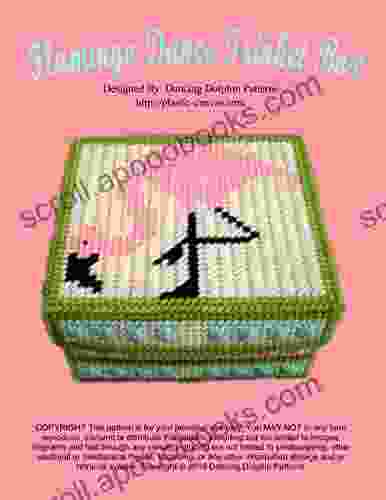
 Preston SimmonsFlamingo Dance Trinket Box Plastic Canvas Pattern: A Delightful Accessory for...
Preston SimmonsFlamingo Dance Trinket Box Plastic Canvas Pattern: A Delightful Accessory for... David Foster WallaceFollow ·19.4k
David Foster WallaceFollow ·19.4k Ernesto SabatoFollow ·12.1k
Ernesto SabatoFollow ·12.1k Ryūnosuke AkutagawaFollow ·13.7k
Ryūnosuke AkutagawaFollow ·13.7k John SteinbeckFollow ·2.3k
John SteinbeckFollow ·2.3k Neal WardFollow ·5.2k
Neal WardFollow ·5.2k Yukio MishimaFollow ·14.3k
Yukio MishimaFollow ·14.3k Danny SimmonsFollow ·7.8k
Danny SimmonsFollow ·7.8k Ken FollettFollow ·9.2k
Ken FollettFollow ·9.2k
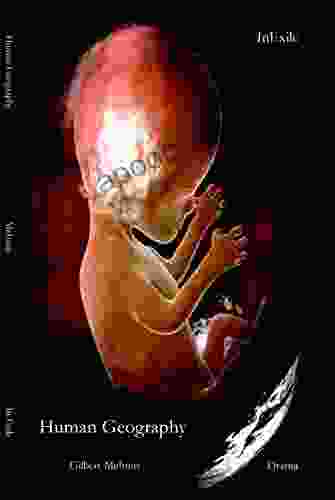
 Corey Green
Corey GreenHuman Geography: A Concise Introduction by Gilbert...
A Journey into the Dynamic Realm of...
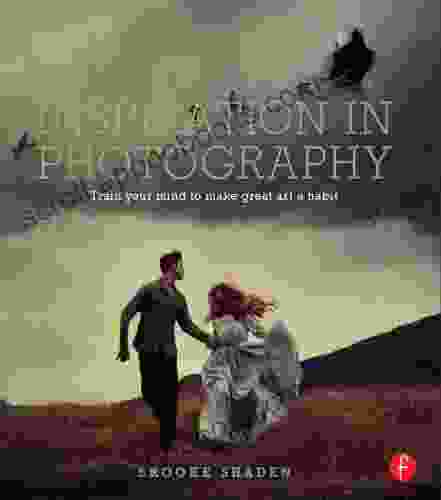
 Julian Powell
Julian PowellTrain Your Mind to Make Great Art a Habit
Do you dream of...

 Matthew Ward
Matthew WardSmall Town Romance: Heart Compass
Escape to Willow Creek, Where...
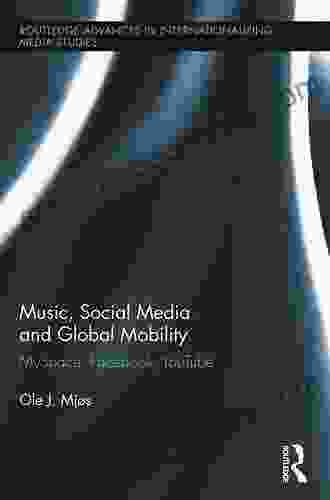
 Neil Parker
Neil ParkerMusic, Social Media, and Global Mobility: Exploring...
: The Convergence of Music, Media, and...

 Seth Hayes
Seth HayesUnlock the Potential of Potential Theory with Brooke...
Embark on an...
4.8 out of 5
| Language | : | English |
| File size | : | 278510 KB |
| Print length | : | 398 pages |
| Screen Reader | : | Supported |


